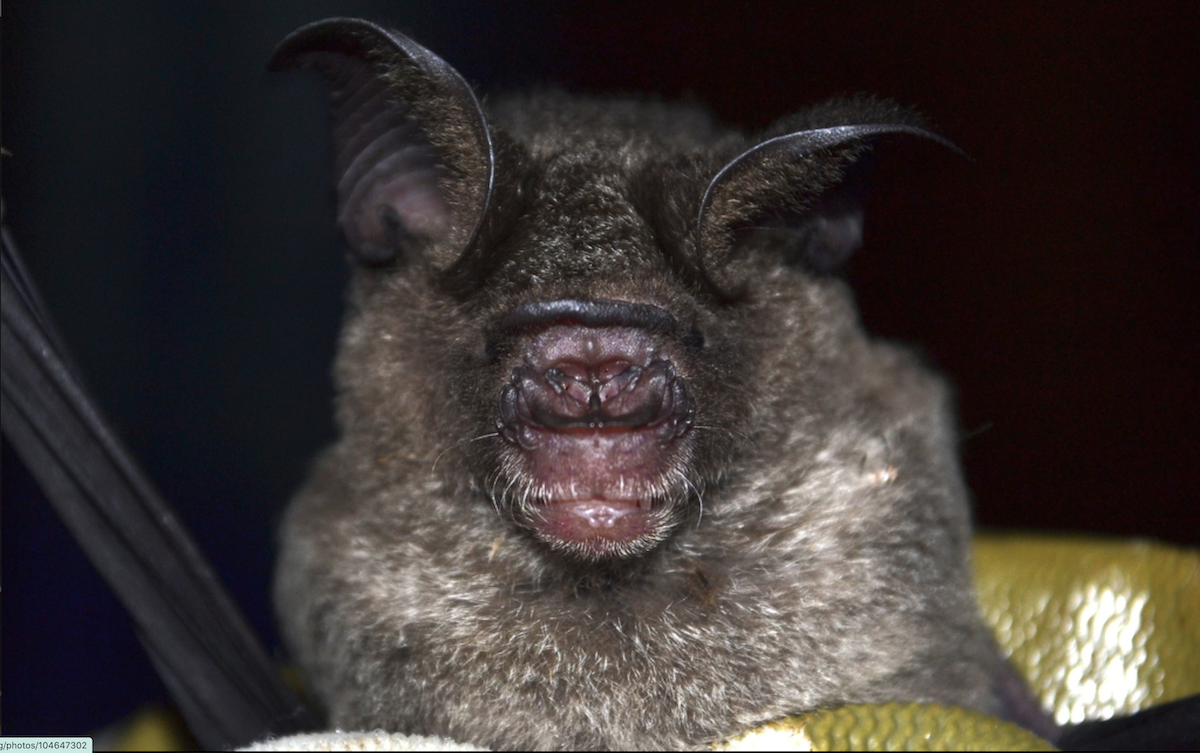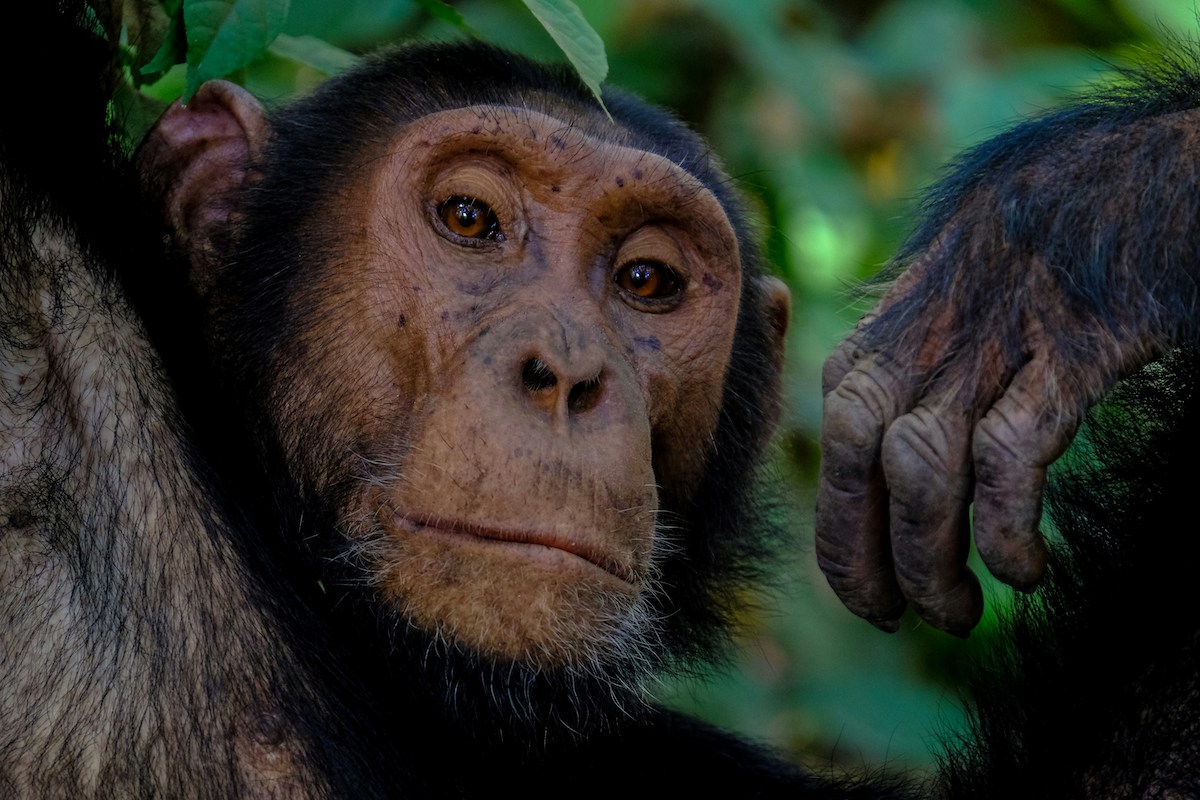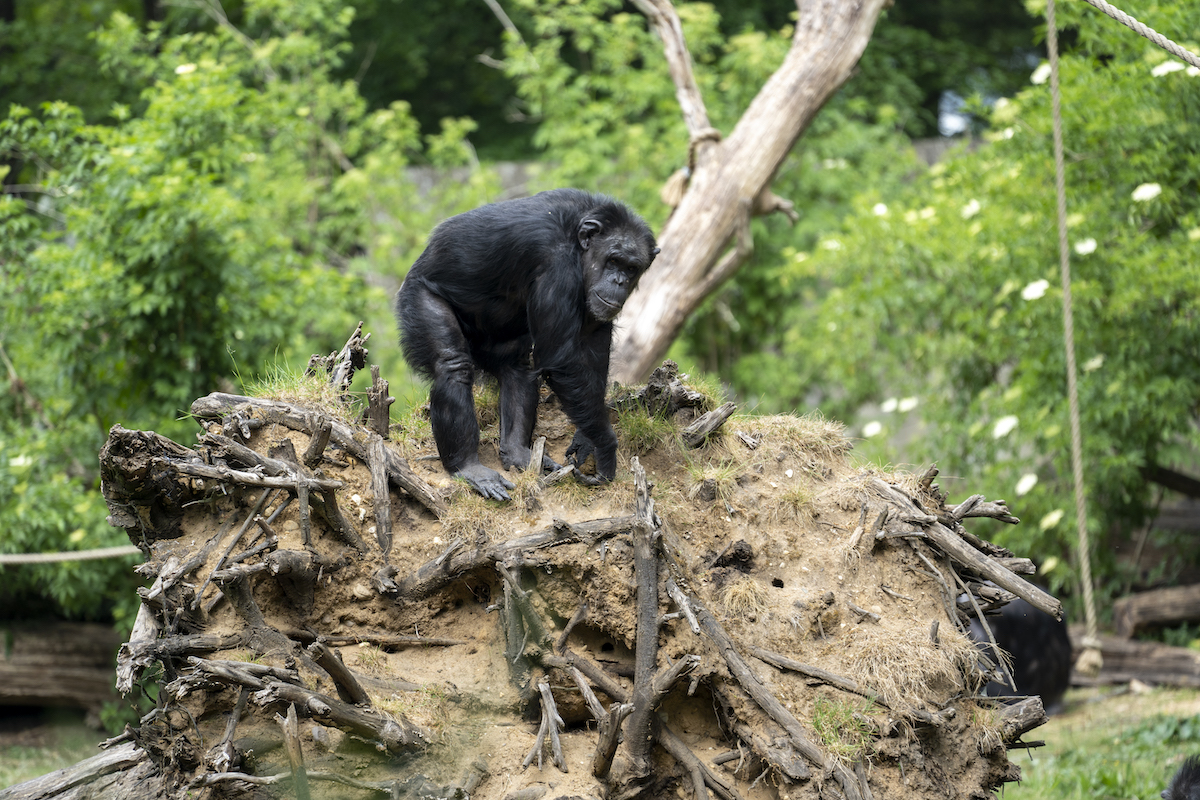- In Uganda’s Budongo forest, wild animals such as chimpanzees have started eating bat excrement, or guano. After analyzing the samples, the scientists found that guano not only contained high concentrations of minerals, but was also rich in viruses, including a cousin of SARS-CoV-2.
- According to the researchers, the strange feeding behavior may be due to the fact that the animals lost their main source of dietary minerals in the pre-tobacco trees.
- Worryingly, some of these viruses can be transmitted to humans, meaning that if wild animals are more exposed to bat-borne viruses, so are humans.
- Scholars note that social forces such as markets and resource extraction can produce such unintended consequences.
“Finish your buttermilk, honey, it’s good for your bones.” Then take some almonds and you will stay healthy.”
You’ve probably heard this before, and rightly so. Minerals such as calcium and magnesium are essential for our functioning because they help keep our bones, muscles, heart and brain working properly. And the same goes for wild animals.
In the Budongo forest in western Uganda, wild animals like to eat the roots of rotting Raphia farinifera palms, which contain minerals important to their health. But when local farmers uprooted the trees to make ropes for drying the tobacco leaves, some of the animals changed their diet. Dangerous changes, according to a study published earlier this year in the journal Communications Biology.
In response to mineral deficiency, chimpanzees, monkeys, and antelopes have turned to an alternative source of dietary minerals: bat droppings, also known as guano, which contain high concentrations of essential minerals for wildlife. But bat guano contains many infectious viruses, including a relative of the infamous SARS coronavirus that started the COVID-19 pandemic.
“Human activities are often the main drivers of the spread of the virus between wildlife and humans,” Arend de Haas, founder of the Africa Conservation Fund, wrote in an email to Mongabay. “They create opportunities for viruses to jump across species barriers by enhancing communication between humans, domestic animals and wildlife.”

From wildlife to humans: Bats eat guano
Part of the mechanisms behind zoonoses—diseases transmitted from animals to humans—are poorly understood.
Tony Goldberg, a professor of epidemiology at the University of Wisconsin-Madison and the study’s lead scientist, explained during a video call that one of the popular theories behind the Ebola outbreak is that bats carrying the Ebola virus, for example, infect wild animals. wild animals die from disease, people touch or handle dead wild animals, and people contract Ebola.
But how do bats infect wildlife in the first place? Previous studies have suggested that cross-species infection occurs when wild animals eat fruit contaminated by bats or come into contact with viruses that have been shed in the environment.
“Bats carry a variety of viruses and pathogens without showing signs of disease,” de Haas emphasized. “This wide range makes it difficult to predict which viruses can be transmitted to other species and under what conditions. These viruses can undergo genetic mutation and recombination, which increases their ability to infect new host species.
Now, this research paper has new information about how viruses can spread to animals other than bats: bat guano consumption.
Goldberg, who has witnessed monkeys chewing on brick buildings for sodium, says these minerals are so important to some species that ingesting bat feces can lead to zoonotic diseases.

From July to October 2017 and from September 2018 to April 2019 — trail cameras in Budongo recorded 839 cases of Eastern chimpanzees (Pan troglodytes schweinfurthii), black-cushion (colobuseshi) after Ugandan farmers cut down sodium-rich R. farinifera trees. Colobus guereza occidentalis) and red duck (Cephalophus natalensis) feed directly on guano.
Although this behavior is common in food-limited subterranean environments for some invertebrates, it has never been documented in forest-dwelling mammals such as chimpanzees. According to Goldberg, chimpanzees crave sodium more than any other mineral. After all, if chimpanzees are like humans and potato chips, R. farinifera must taste good to them, he commented.
“The physiological need for sodium and other nutrients often manifests itself as a certain hunger,” said de Haas, referring to geophagy – the habit of eating clay soil. “This hunger is driven by the body’s need to maintain electrolyte balance and proper cellular function.”
But the lack of intensive research makes it difficult to know whether this behavior is new to colobus and ducks.
Nutritional analysis of guano collected from Noach’s round-leaf bats (Hipposideros ruber) revealed high concentrations of minerals, although guano was lower than mineral concentrations in R. farinifera trees. Worse, Goldberg said the guano also tested positive for 27 infectious viruses, an average of 14.5 per sample.
This is not surprising, since bats harbor more than 4,100 viruses. While most of those found in guano pose no health risks to humans, scientists have noticed an exception: Hibecovirus, a cousin of SARS-CoV-2.

From humans to wildlife: Tobacco farming
Budongo Field Station (BCFS) field director David Erenyu told Mongabay in an email that his team has observed a link between human respiratory disease and health problems in wild chimpanzees.
However, it is not as if chimpanzees suddenly changed their preferences from trees to bat guano.
Between 2006 and 2012, when international demand for tobacco increased, Ugandan farmers cut down almost all R. farinifera trees in the region to make strings for drying tobacco leaves. According to the researchers, this “native deforestation” has caused changes in the eating behavior of the chimpanzees.
“Sometimes in science we don’t try to make connections and find the most logical, most unbiased explanation for our data,” Goldberg said.
But if upstream forces — like rising demand for tobacco — drive chimpanzees and other animals to eat guano, identifying “breakable links” could improve prevention, the study says.
“In theory, you can disrupt any link: you can build fences so that chimpanzees can’t access the guano; “You can persuade people around the world to stop smoking so that the demand for cigarettes is not high,” Goldberg said. “But of those, we think it was the easiest to provide alternatives to cutting down trees.”
“Wouldn’t it be possible to give the farmers a lot of rope?” – noted the epidemiologist.
Even so, he noted, cutting down certain trees or growing certain crops to meet demand created by social forces is just “the way the world works.”
“Not understanding the consequences is no one’s fault, it’s just luck,” he added.
Erenyu claimed that local farmers are not aware of the effects of wildlife. At BCFS, he is committed to diversifying the livelihoods of communities around Budongo, including supporting the development of micro-enterprises for local people and helping children expand employment opportunities outside the forest.
“I’m still thinking about SARS-CoV-2: If someone knew in advance, that person would have put a sign in front of the cave where these bats live, saying, ‘Please do not enter because these bats have bad viruses!’?” Goldberg wondered.
“Could something so small have prevented a pandemic?”
Road projects threaten the integrity of Uganda’s gorilla reserves
Banner image: Alpha male chimpanzee in Kibale Forest National Park. Image by Gilles Laurent via Wikimedia Commons (CC BY-SA 4.0)
Quote:
Fedurek, P., Asiimwe, C., Rice, GK, Akankwasa, WJ, Reynolds, V., Hobaiter, C., … Goldberg, TL (2024). Selective deforestation and the impact of bat viruses on African wildlife. Communications Biology, 7(1). doi:10.1038/s42003-024-06139-z
Reynolds, V., Lloyd, AW, English, CJ, Lyons, P., Dodd, H., Hobaiter, C., … Fallon, B. (2015). Clay mineral extraction by Budongo forest chimpanzees. PLOS ONE, 10(7), e0134075. doi:10.1371/journal.pone.0134075
#Ugandan #chimpanzees #eating #bat #guano #raising #concerns #outbreak #humans